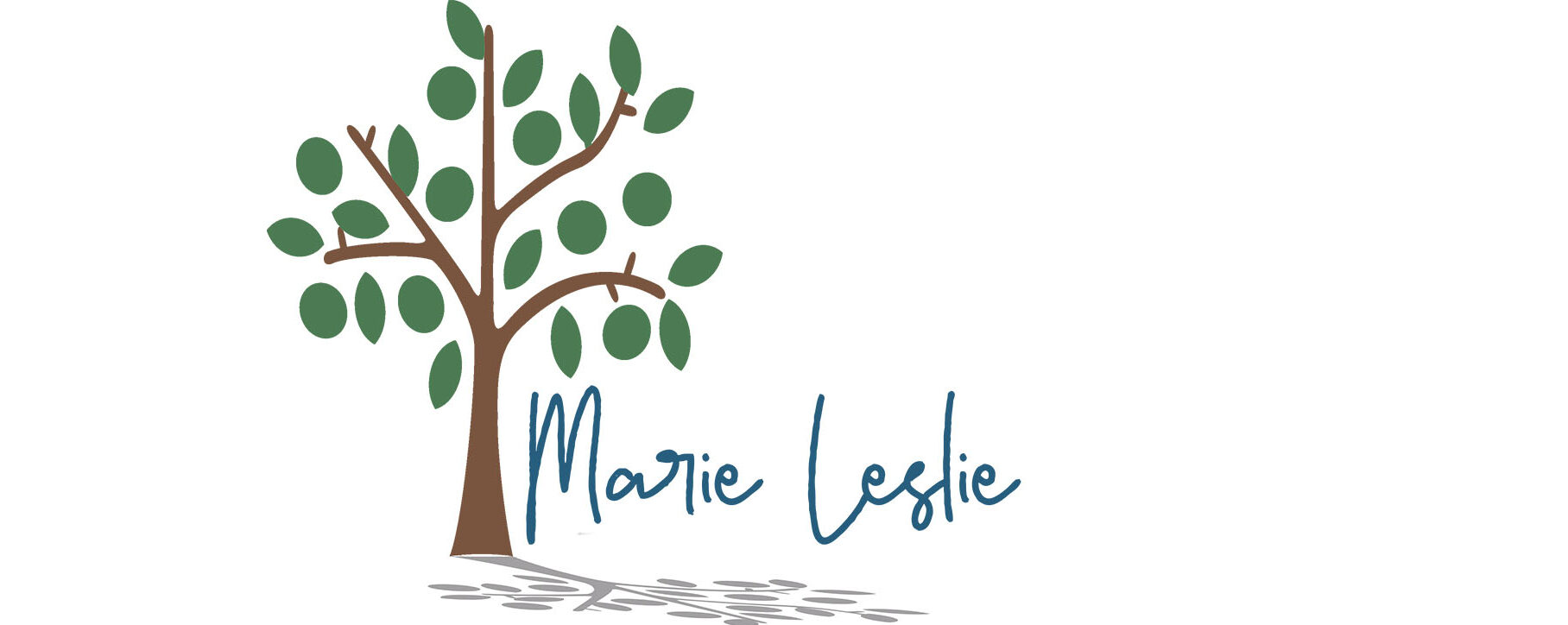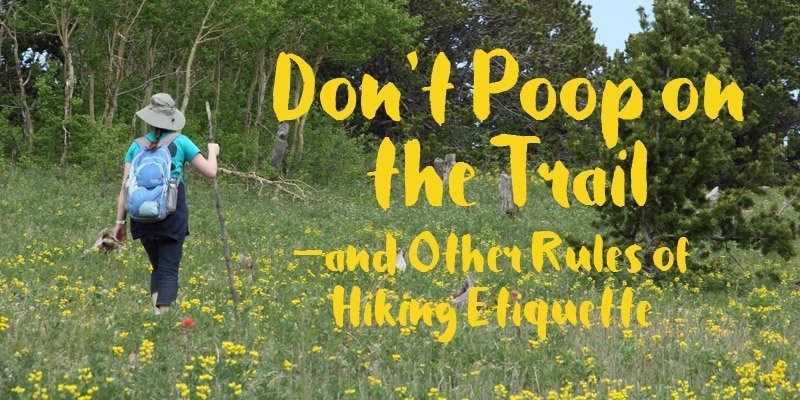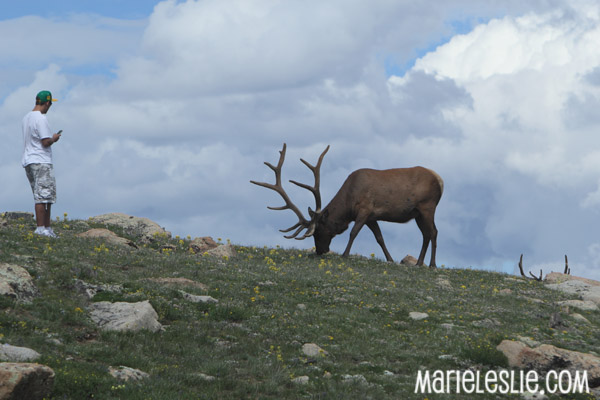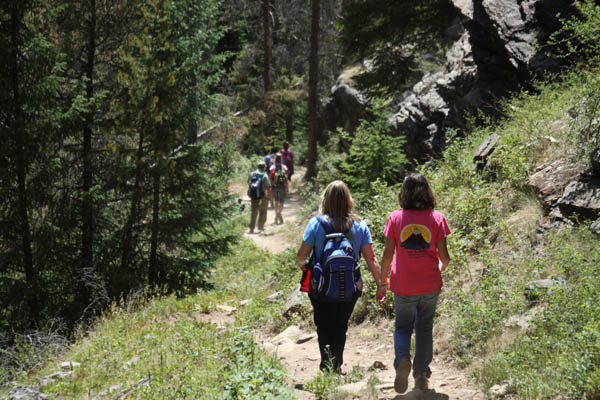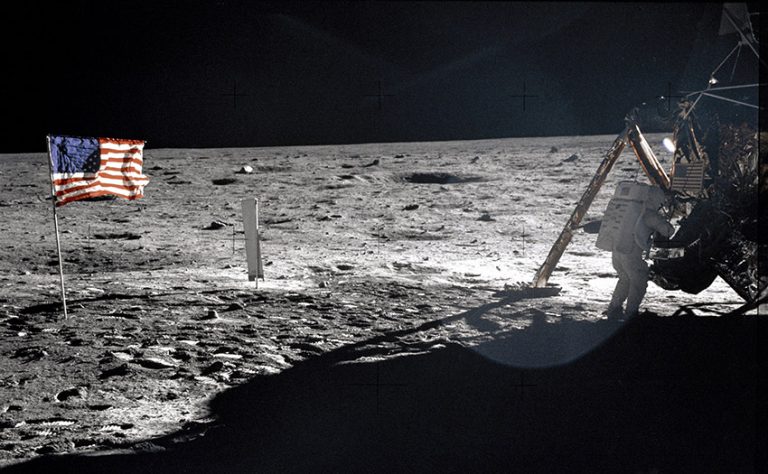Don’t Poop on the Trail—and Other Rules of Hiking Etiquette
Summer’s here and that means it’s hiking season. And even as you’re reading this, I am enjoying life hiking on beautiful Victoria Island, Canada. Tomorrow I’ll be hiking in Olympic National Park. I am, quite literally, a happy camper. I love to hike. But there are a few things about hiking I don’t love. Sadly, most all of them involve other hikers. Bad behavior ruins hiking for everyone. It also ruins hiking trails.
So, for those of you who need a reminder—or those of you who just want to be good hikers, here are Marie’s rules of Hiking Etiquette.
Don’t Approach Wildlife
Stay at least 25 yards away–it’s actually the law in a national park–and common sense elsewhere. Horns, antlers and hooves can be deadly. So can teeth and claws, even if they are attached to a cute little critter. This is not a Disney movie. This is the wilderness. Don’t feed them either. They are perfectly capable of finding their own food and your Snickers bar is NOT going to satisfy them. It may even kill them. This includes animals of all sizes from those cute little ground squirrels to that 600-pound elk. And don’t get me started on the bears.
You’ve all heard the sad story about Yellowstone’s Baby Bison, right? Don’t be those people.
Leave the Wilderness in the Wilderness
Don’t pick the flowers. Don’t pick the rocks (and this is from a rock lover!). Those delicate little wildflowers aren’t going to last until you get back to your home in the city, so leave them where they are and let your fellow hikers enjoy their beauty. If you really think they’re beautiful, take a photo or make a sketch. Ditto for rocks. Removing rocks can cause a rockslide. If you want to collect rocks, go buy a copy of Gem Trails of Wherever (I own copies for many states & they’re great) and find a spot where rock collecting is ok.
This rule is more traditionally expressed as “take only photos; leave only footprints.” It’s a good rule. Follow it.
Don’t Litter
A corollary to the last rule, if you brought it into the wilderness with you, take it back out. The rule is “pack it in, pack it out.” Do NOT leave your candy wrappers, your sandwich remains, your used gum or your empty water bottle. They’re all ugly, they will not easily biodegrade back into the environment and it’s just darned rude. They are also deadly hazards for wildlife.
Don’t Trail Cut
While this especially applies to switchback and mountainside trails, it applies to other trails that may wind through a meadow or forest. Trail cutting can not only lead to injuries for you or other hikers, but it accelerates erosion and can eventually destroy a trail. Trails are marked for a reason. Trail cutting, for those of you who aren’t clear, means leaving the trail and blazing your own trail to another portion of the trail in an effort to take a shortcut. Following the trail not only protects the trail, but it also protects and preserves the beautiful area you’re hiking through. If you’re in a hurry, perhaps it’s not the best day for you to go hiking.
Be Mindful of Your Fellow Hikers
If you are fortunate enough to be the only one on the trail that day, yay for you. There’s nothing like having a little beautiful solitude in the wilderness. In many places that’s a pretty rare event. More likely you’ll encounter other hikers along your way. Be friendly and greet them with a hello. If they’d like to pass by, move to the side of the trail. To allow everyone to enjoy the great outdoors, when chatting with your hiking companions, avoid shouting and yelling unless you have an emergency.
Don’t poop on the trail.
Ok, so not every hiking trail has a conveniently placed restroom along the way. I’ve had to use the wilderness before too. The trail is not an appropriate place to relieve yourself. Yes, it was human. It doesn’t look like deer , elk or coyote and none of them uses toilet paper. It wasn’t something I could unsee. Gross. Go find a secluded spot well off the trail (200 feet is the recommended distance—that’s about 40 steps for the average adult) and away from sources of water such as streams, lakes or rivers. Dig a small hole and bury your waste. And don’t burn your toilet paper (http://www.nbcnews.com/storyline/western-wildfires/when-you-gotta-go-you-gotta-go-pooping-cyclist-blamed-n397556)
Enjoy the Wilderness
We really don’t care how good your 4G reception is on the trail. We’re here to enjoy unplugging and getting back in touch with nature so please don’t share your streaming music or the latest from Facebook. Turn off the cellphone and stash it away for the day. Enjoy nature and the company of your fellow hikers.
And if You Need Some Help Figuring Out Where to Enjoy the Wilderness. . .
Here are a few of my favorite hiking guides to get you started. They’re all available on Amazon, and yes, I do get a small commission if you buy one and it doesn’t cost you anymore. Just think of it as a contribution to my summer hiking fund.
Not really a hiking guide, but if you’re a National Parks junkie like me, this National Geographic Guide to National Parks of the United States is a definite keeper, both for dreaming and planning.
We’ve done a good number of the hikes in this book, and I have found the author to be pretty accurate in her descriptions and assessments. Best Hikes With Kids Colorado by Maureen Kelly
Not all hikes have to be in the deep wilderness. We’ve spent a lot of time in Utah over the years and done a lot of these day hikes that don’t require half a day or more of driving to get there. Likely you can find some great day hikes in your area too. Best Easy Day Hikes Salt Lake City.
FYI, Falcon Guides books are a great resource for hiking, camping, etc. We have owned many of them over the years and never been disappointed.
